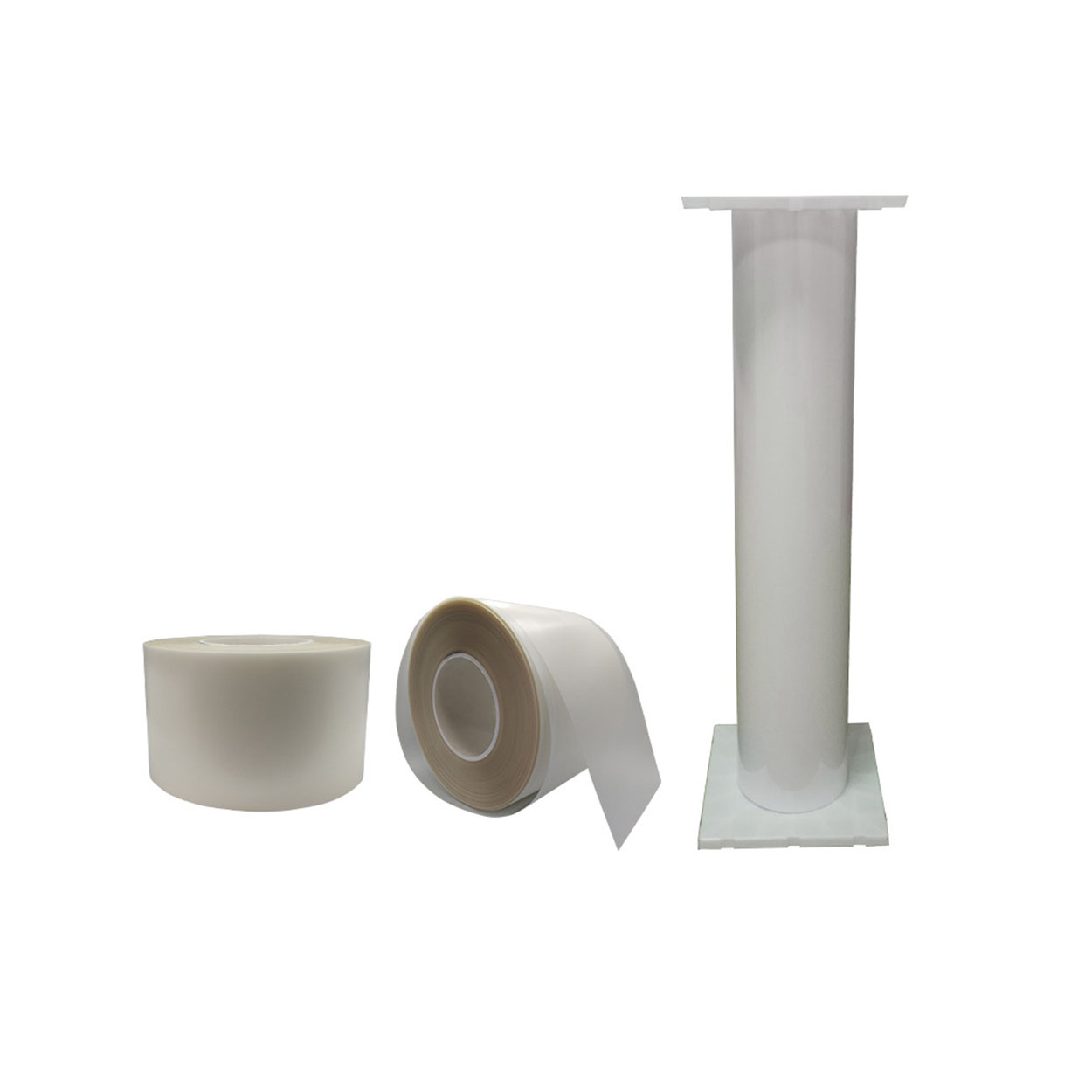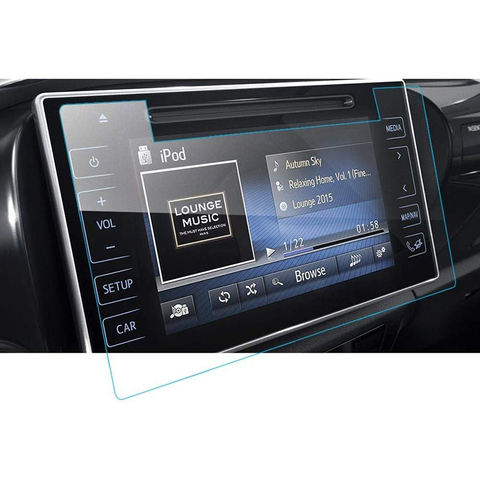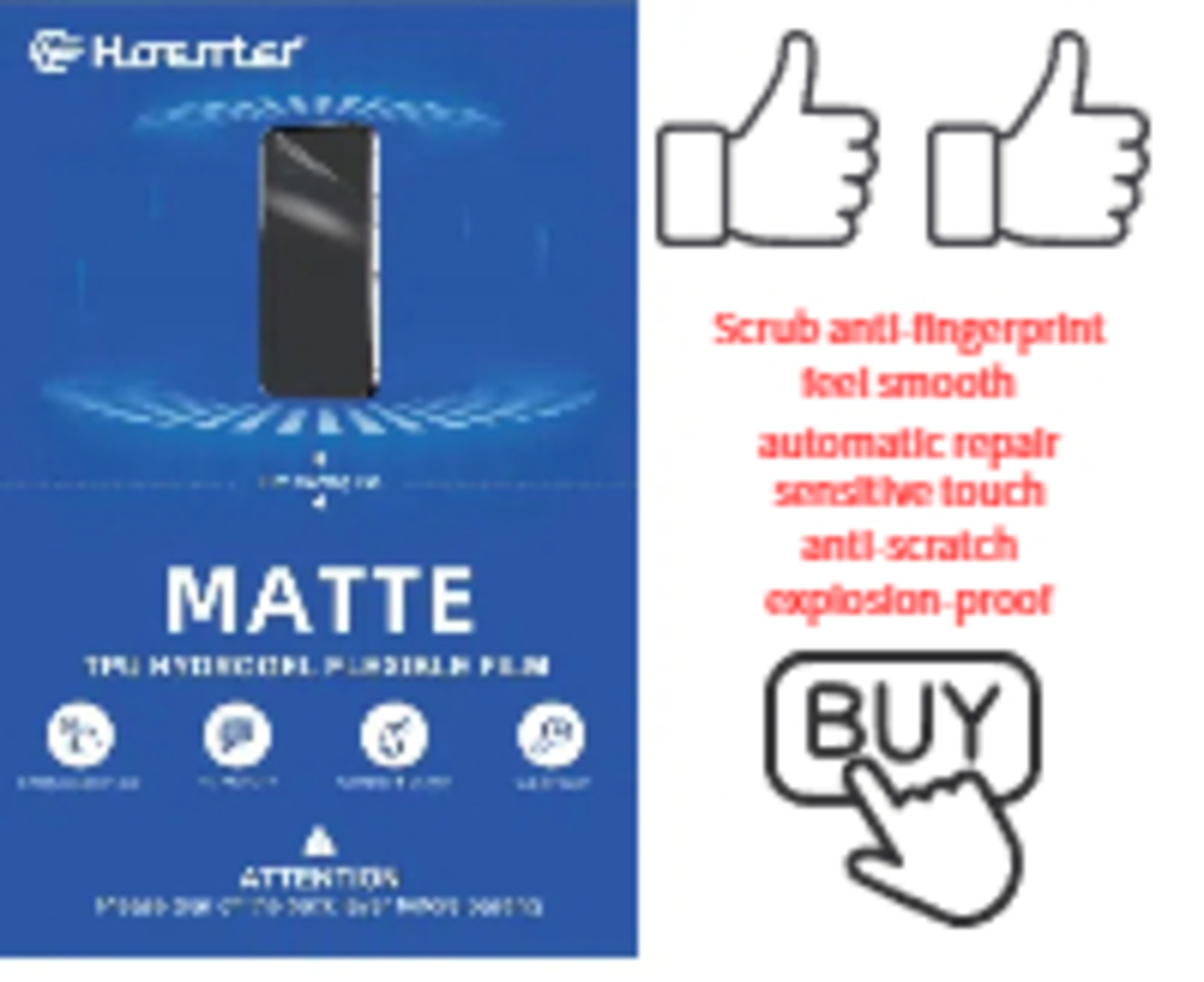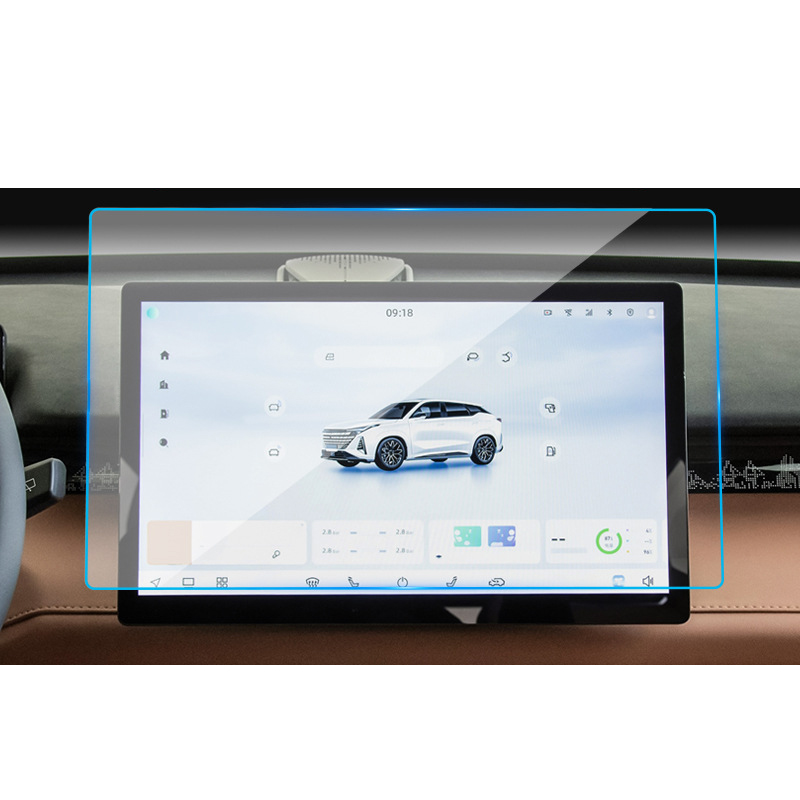
How to Get Air Bubbles Out of a Screen Protector?
Inhaltsübersicht
Zusammenfassung
- Cleanliness is crucial: Always clean your screen thoroughly before application.
- Take your time: Rushing can lead to mistakes and bubbles.
- Use tools wisely: A hair dryer and squeegee can be effective in removing bubbles.
- Consider quality: A high-quality screen protector can make a significant difference.
- Compatibility matters: Ensure your phone case and screen protector work well together.
What Causes Air Bubbles in Screen Protectors?
Air bubbles can form under a screen protector due to dust particles, improper application, or uneven pressure during installation. These bubbles not only affect the aesthetic appeal of your device but can also interfere with touch sensitivity.Dust and Debris
One of the primary culprits is dust. Even the tiniest speck can cause a bubble to form. It’s crucial to clean your screen thoroughly before applying the protector.Improper Application
Applying the screen protector too quickly or without proper alignment can trap air underneath. Taking your time and following a methodical approach can prevent this issue.
How to Prepare Your Screen for a Screen Protector
Preparation is key to a bubble-free application. Here’s how to get your screen ready:Clean Your Screen Thoroughly
Use a microfiber cloth and a screen cleaning solution to remove all dust and fingerprints. Ensure the screen is completely dry before proceeding.Work in a Dust-Free Environment
Choose a clean, dust-free area to apply your screen protector. A bathroom after a hot shower can be ideal due to the reduced dust in the air.Step-by-Step Guide to Applying a Screen Protector Without Bubbles
Applying a screen protector can be daunting, but with the right steps, you can achieve a flawless finish.Align the Protector Carefully
Start by aligning the protector with your screen. Most protectors come with guide stickers to help with this process.Apply Even Pressure
Once aligned, use a credit card or a similar object to apply even pressure across the screen. This helps push out any air bubbles as you go.Using a Hair Dryer to Remove Air Bubbles
A hair dryer can be a handy tool in your bubble-removal arsenal.Warm the Screen Protector
Set your hair dryer to a low heat setting and gently warm the screen protector. This can make the adhesive more pliable, allowing you to smooth out bubbles.Smooth Out Bubbles
Use a soft cloth to press out the bubbles, starting from the center and moving towards the edges.When to Remove and Reapply the Screen Protector
Sometimes, removing and reapplying the screen protector is the best solution.Assess the Situation
If bubbles persist despite your best efforts, it might be time to start over. Carefully peel off the protector and clean the screen again before reapplying.
Reapply with Care
Follow the same careful steps as before, ensuring the screen is dust-free and the protector is aligned correctly.How to Get Bubbles Out of a Glass Screen Protector
Glass screen protectors can be trickier due to their rigidity.Use a Squeegee
A small squeegee or a credit card wrapped in a cloth can help push out stubborn bubbles.Apply Gentle Heat
As with plastic protectors, gentle heat can help. Be cautious not to overheat the glass, as this can cause damage.Should You Get a New Screen Protector?
Sometimes, a new screen protector is the best option.Evaluate the Condition
If your current protector is scratched or damaged, replacing it might be the best choice for optimal protection and clarity.Consider Quality
Invest in a high-quality screen protector that offers better adhesion and durability.The Role of a Phone Case in Preventing Bubbles
A phone case can play a surprising role in bubble prevention.Choose Compatible Accessories
Ensure your phone case is compatible with your screen protector. Some cases can push against the edges, causing bubbles to form.Install Carefully
Install the screen protector first, then the case, to avoid any pressure that might cause bubbles.Common Mistakes When Applying Screen Protectors
Avoid these pitfalls for a smooth application.Den Prozess beschleunigen
Take your time to ensure a perfect fit and bubble-free finish.Staub ignorieren
Even a small amount of dust can ruin the application. Always clean thoroughly.FAQs: Troubleshooting Screen Protector Issues
Why Do Bubbles Keep Forming?
Persistent bubbles can be due to dust or improper application. Ensure your screen is clean and follow the application steps carefully.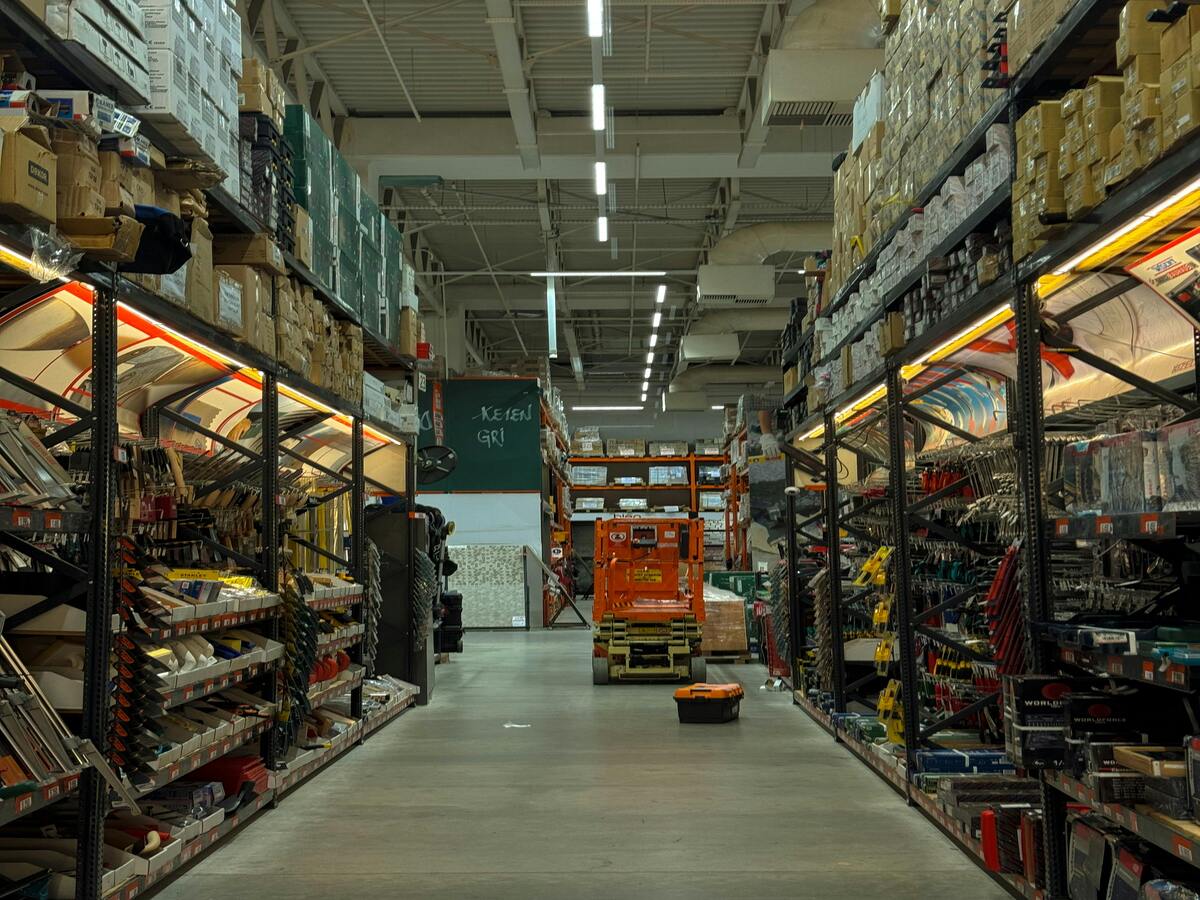
Can I Use Household Items to Remove Bubbles?
Yes, items like a credit card or a soft cloth can help smooth out bubbles effectively.Kommentare
Tags

Bildschirmschutzfolien zum Selbermachen - Die Magie einer Schneidemaschine
"DIY Your Own Screen Protectors - The Magic of a Cutting Machine" erforscht den aufkeimenden Trend zur Herstellung individueller Displayschutzfolien mit Hilfe moderner Schneidemaschinen.

Wie Sie den besten Hersteller von Bildschirmschutzfolien für Ihr Unternehmen auswählen
Die Wahl des richtigen Herstellers von Displayschutzfolien ist für Ihr Unternehmen von entscheidender Bedeutung und kann die Produktqualität, die Kundenzufriedenheit und die Gesamtrentabilität erheblich beeinflussen.

Ist Hydrogel gut für Telefone?
Wenn Sie die Unterschiede zwischen Displayschutzfolien aus Hydrogel und gehärtetem Glas kennen, können Sie die fundierte Entscheidung treffen, die Ihren Anforderungen am besten entspricht.
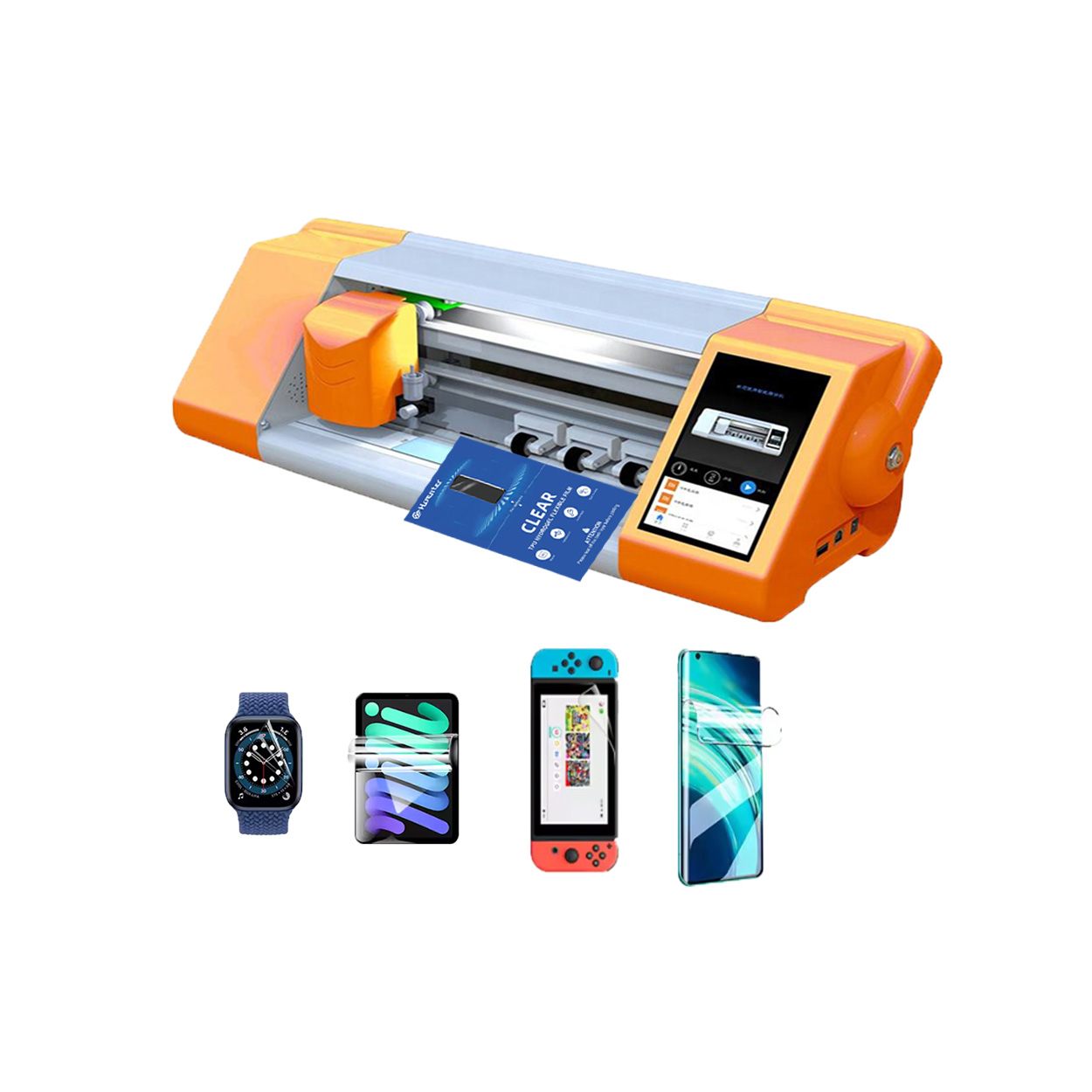
Intelligente Folienschneidemaschine
Eine intelligente Folienschneidemaschine ist ein Spezialgerät zum Schneiden von Schutzfolien für verschiedene elektronische Geräte wie Smartphones, Tablets und Laptops. Diese Maschinen nutzen fortschrittliche Technologiesysteme, um präzise geformte Folien herzustellen, die perfekt auf bestimmte Gerätemodelle passen.

So tragen Sie flüssigen Displayschutz auf Ihr Telefon auf
Flüssiger Displayschutz bietet eine moderne und effektive Möglichkeit, Ihr Smartphone zu schützen.
Finden Sie alle Kenntnisse und Trends aus unserem Blog, erhalten die Großhandelspreis und die beste Qualität aus unserer Fabrik.

Welche Folienschneidemaschine und ihre Anwendung
Filmschneidemaschinen haben bei der Entwicklung des Filmschaffens und verschiedener industrieller Prozesse eine entscheidende Rolle gespielt, da sie das präzise Schneiden und Verbinden von Filmmaterialien ermöglichen.

Was ist eine Maschine zum Schneiden von Bildschirmschutzfolien?
Eine Schneidemaschine für Displayschutzfolien ist ein spezielles Gerät zur Herstellung von passgenauen Displayschutzfolien für verschiedene elektronische Geräte, darunter Smartphones, Tablets, Smartwatches, Laptops und Monitore.

Wie Handy-Bildschirmschutzfolie Schneidemaschine arbeiten?
Eine Maschine zum Schneiden von Displayschutzfolien für Mobiltelefone ist ein hochentwickeltes Gerät, das
zur Herstellung von kundenspezifischen Bildschirmschutzfolien für verschiedene digitale Geräte mit hoher Präzision
sion und Effizienz.

Eigenschaften von gehärtetem Handyglas und TPU-Bildschirmschutz für Mobiltelefone
Displayschutzfolien aus thermoplastischem Polyurethan (TPU) sind flexibel, langlebig und
selbstheilende Kunststofffolien zum Schutz von Bildschirmen elektronischer Geräte vor
Kratzer, Stöße und andere mögliche Schäden.

Revolutionieren Sie den Geräteschutz mit der Screen Guard Cutting Machine
Egal, ob Sie ein Smartphone, ein Tablet oder eine Smartwatch besitzen, dieses vielseitige Gerät eignet sich für eine breite Palette von Geräten. Es passt sich nahtlos an die Abmessungen Ihres Geräts an und bietet eine individuelle Passform, die generische Schutzfolien nicht erreichen können.

Lebenslange Garantie für Bildschirmschutz
Eine lebenslange Garantie für Bildschirmschutzfolien ist eine von den Herstellern gewährte Garantie, die
verpflichtet sich, eine Bildschirmschutzfolie während der gesamten Lebensdauer des Produkts unter bestimmten Bedingungen zu reparieren oder zu ersetzen.

